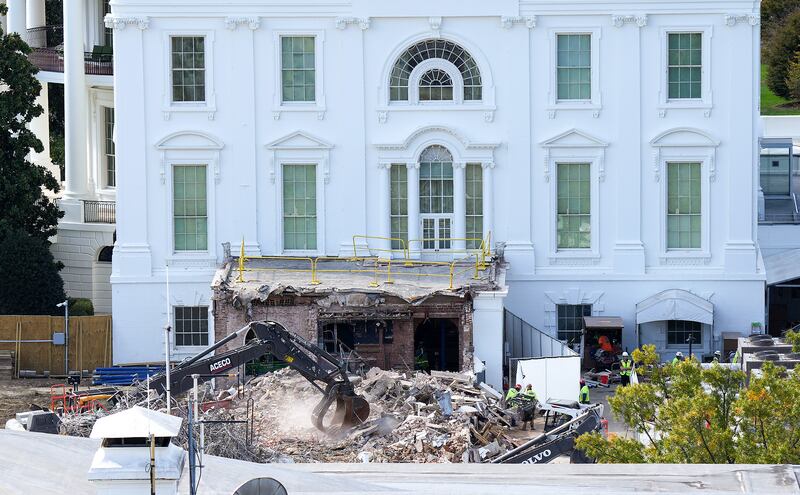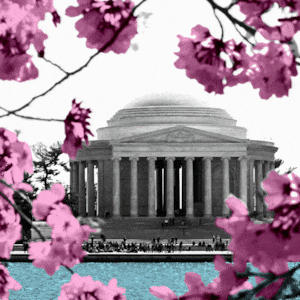Visiting the White House in 1842, Charles Dickens had little good to say about the place, describing it as more like “an English club-house.”
When no one answered the door, he walked right in, noticing with disgust the various men spitting tobacco juice on the carpet, and met the 10th president, John Tyler, remembered for having 15 children and little else.
The author was unimpressed with the American president’s humdrum house.
Dickens was popular in America. Readers would line the docks in New York to get the latest installment of novels such as Great Expectations. But the Englishman missed the point.


Parisian-born Pierre Charles L’Enfant certainly left his mark as George Washington’s hand-picked architect of the nascent Federal City’s baroque-style blueprint for the modern D.C. He was responsible for the heart of the city, with the National Mall, Congress, and Pennsylvania Avenue.
But he fell out with the city fathers over his grand design for the “People’s House.” L’Enfant was besotted with the opulence of André Le Nôtre, King Louis XIV’s gardener and designer of the Gardens of Versailles and the Tuileries Garden. He envisioned the president’s mansion as the largest building in America, five times the size of the building eventually constructed. There would be fabulous statues and incomparable public gardens.
But the imperious French-American had also missed the point.
Like Donald Trump, they saw the building that would become the White House as a monument to power. As a symbol of the president’s status. His wealth.
Trump cannot understand why anyone would question his plans for a massive $300 million ballroom, especially when taxpayer dollars won’t fund it. He sees it as a gift to the country—a modern Mar-a-Lago.



It will be the perfect place for glitzy parties and receptions for foreign leaders. The paved Rose Garden is undoubtedly way easier to walk on in stiletto heels.
But Trump totally misses the point, as well.
He doesn’t own the White House. It should own him, if anything. His tenancy is dependent on the will of the American people.
The building is supposed to mean something, of course. It should reflect the great American idea that everyone is fundamentally born equal.
It is not for kings and queens. It is certainly not meant to be the exclusive preserve of spoiled billionaires.
It is the people’s house.
And most people don’t go to ballrooms. They certainly don’t have one next door.
The architect responsible for designing and building the White House, James Hoban, grew up in a peasant cottage in Ireland and worked for a while as a wheelwright and carpenter before emigrating to America after the Revolutionary War. He won a contest to build the president’s home, but his initial design—based on Leinster House in Dublin—had three levels, and was deemed too grand by Washington.


The Father of His Country got the point. He understood that it was important for him to be seen as a man of the people.
Andrew Jackson, one of Trump’s favorite presidents, was another who understood the thinking behind the mansion at 1600 Pennsylvania Avenue. Trump apparently feels a kinship with the tough-talking seventh president, but the two men certainly diverge in their attitude towards their D.C. home.
“Old Hickory” famously opened the White House up to the public after his 1829 inauguration for a raucous party that only ended when Jackson’s aides put kegs of beer out on the lawn and locked the doors when the revelers finally left to carry on drinking.
The partygoers were knocking over furniture, trampling cheese into the floor, spilling drinks, and breaking plates. Jackson, who rode back to the White House on a horse, followed by the crowd, was backed up against a wall surrounded by well-wishers at one point.
Clearly, security issues make such a scene impossible today. But the symbolism is just as meaningful.
The shutdown has furloughed more than 750,000 government workers, and many have lost their jobs since Trump returned to power.
It is more than just tone-deaf for Trump to launch a $300 million vanity project when so many people working for him are worrying about their next paycheck.
It is an insult to this nation’s history.







